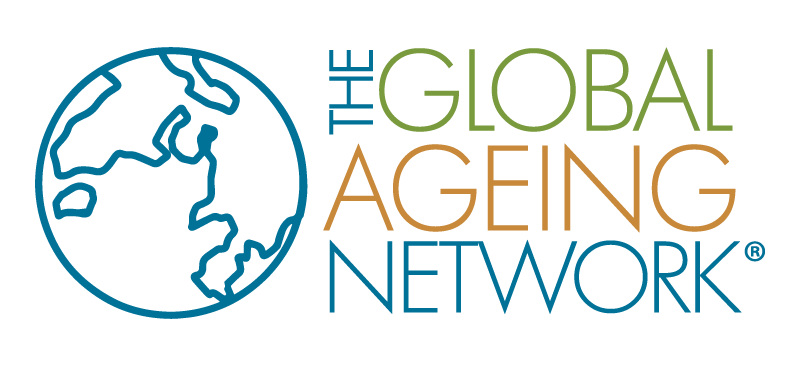The most recent population aging report by the United Nations illustrated that the global population aged 60 reached 9.62 billion. It has been projected that by the year 2050, the population aged 60 will reach 2.1 billion. The ageing population is growing due to declining fertility rates and advancements in medicine and technology that allow us to live longer.
Europe will have the highest population of older adults with an expected 25% of its population to be over 60 by the year 2050. Japan currently has the largest population of adults over 60, 28% of its population is 65 and older and 20% of its population is 70 and older according to data from the Population Reference Bureau. The population of older adults in China and India is rapidly growing which could have important implications in the demographic transition.
One of the major concerns with a rapidly aging population is the dependency ratio — the rate of people working and the rate of people who are retired. The United States Social Security system is currently unsustainable with 3 to 4 workers for every retiree compared to 17 to 18 workers for each retiree in the 1930s. There is also a great pressure for grandchildren to take care of their aging parents and their grandparents.
As a result of this demographic transition, the retirement age is going up. In Japan, the government requires companies to let companies stay until they are 65. The government is considering raising the cap to 70. This has resulted in 81% of men aged 60-64 to hold onto jobs which is a 10% increase since 2012. Japan is even encouraging young mothers to join the workforce by offering flexible hours.
Another concern is caring for older adults because many older adults don’t want to be taken out of their communities and put in communities with only older adults. An active living community has been proposed to provide older adults with a sense of community and society.
By Randhika Aturaliya
You need to login in order to like this post: click here
